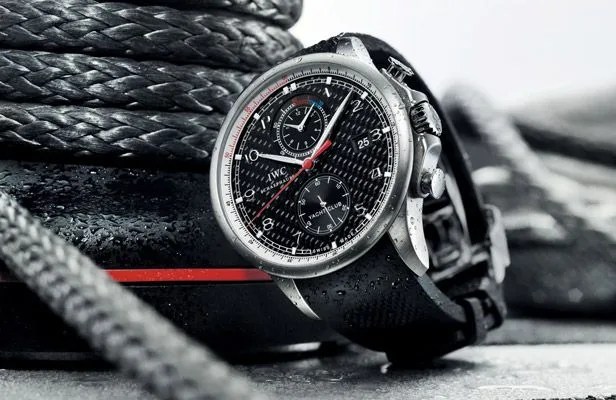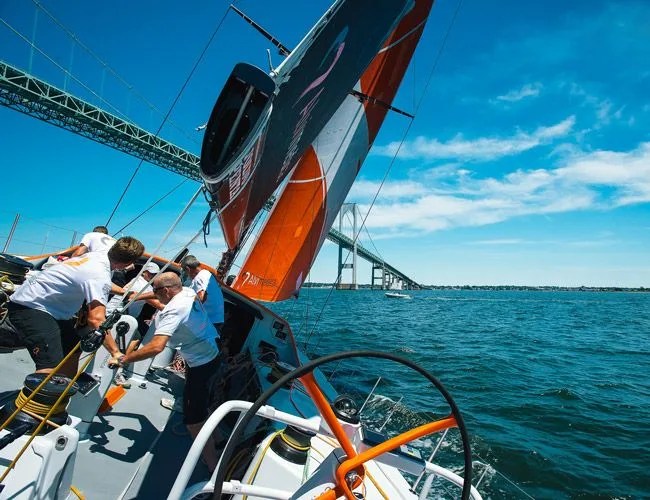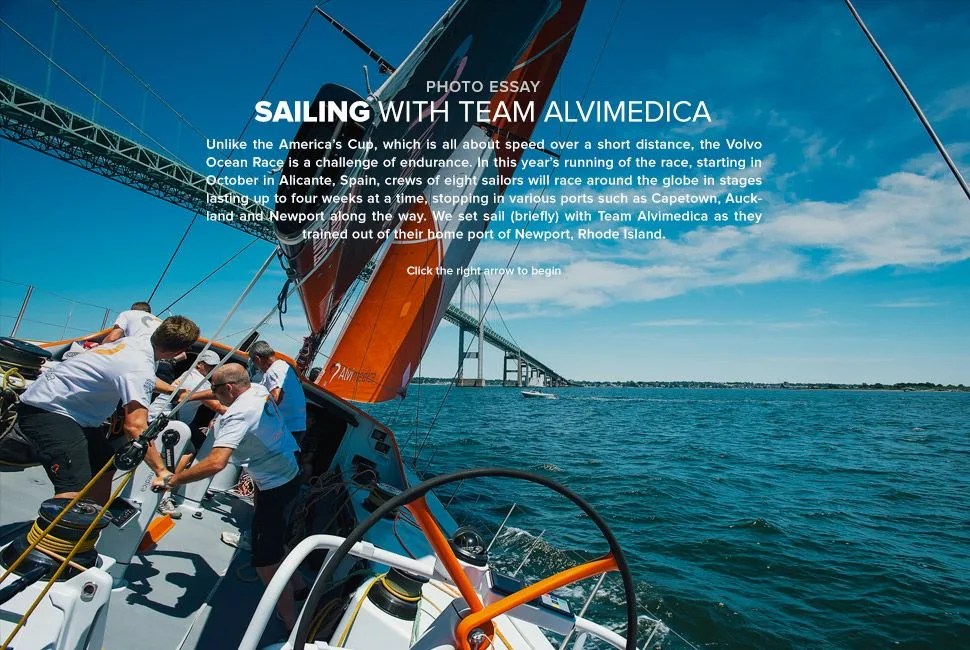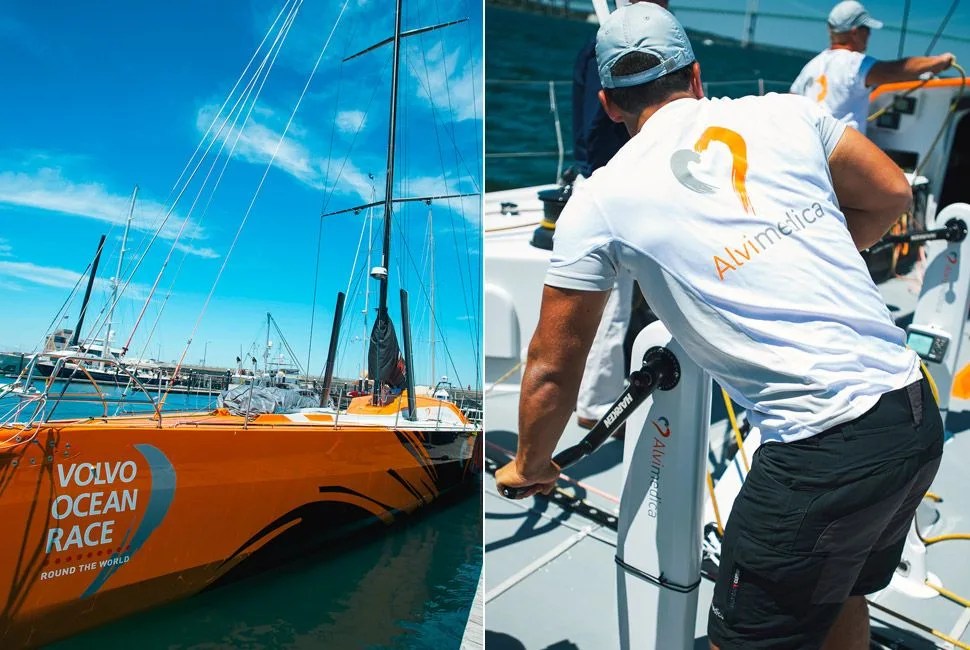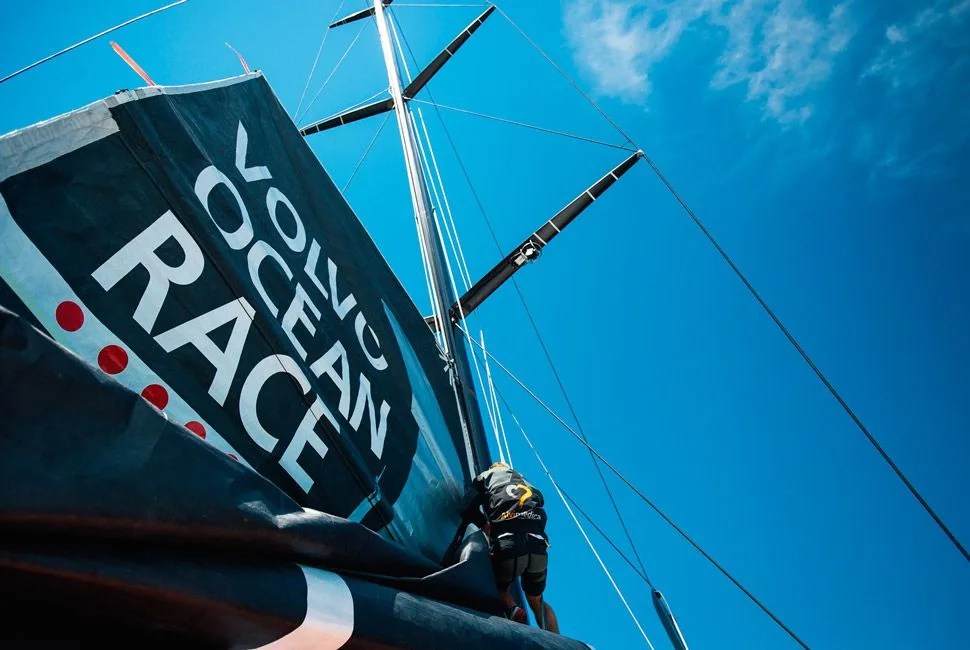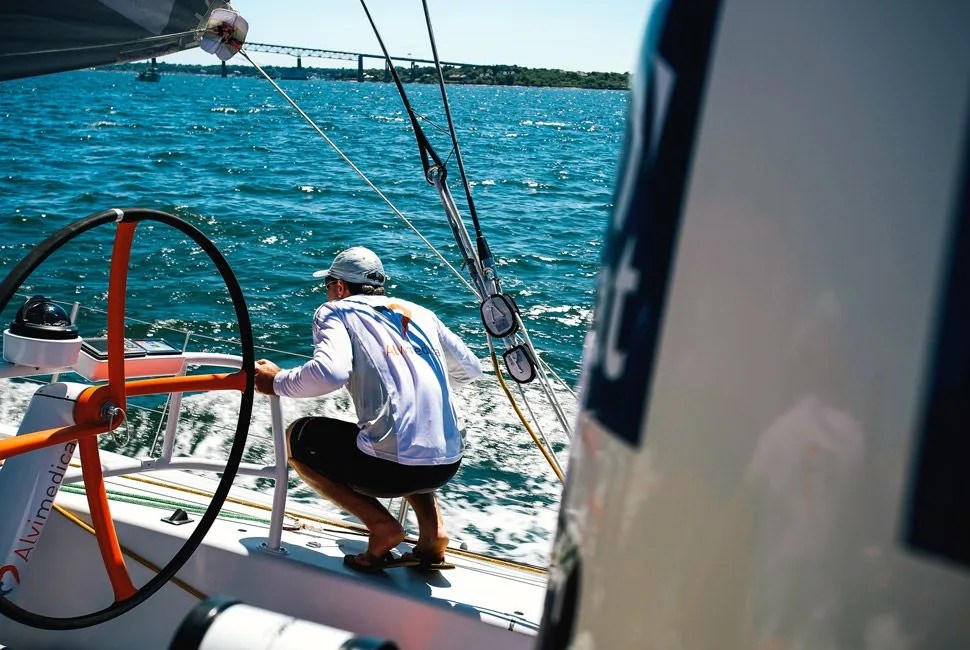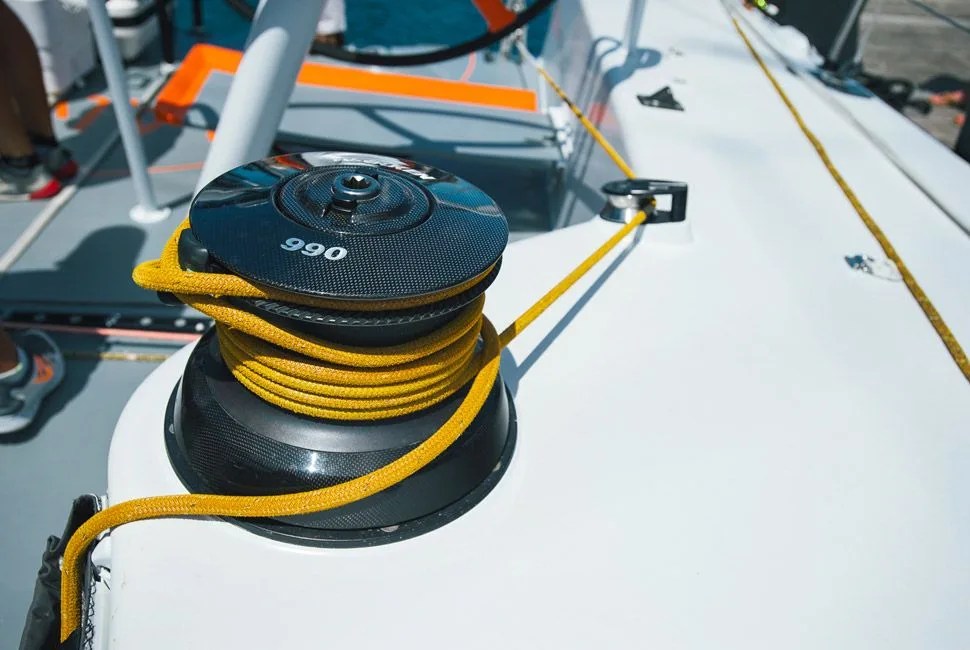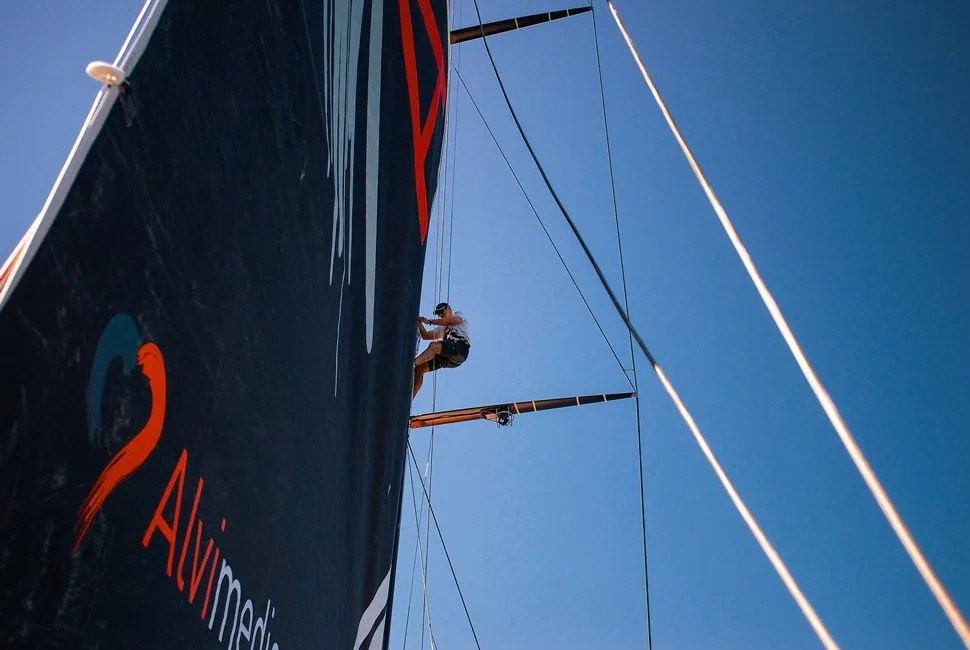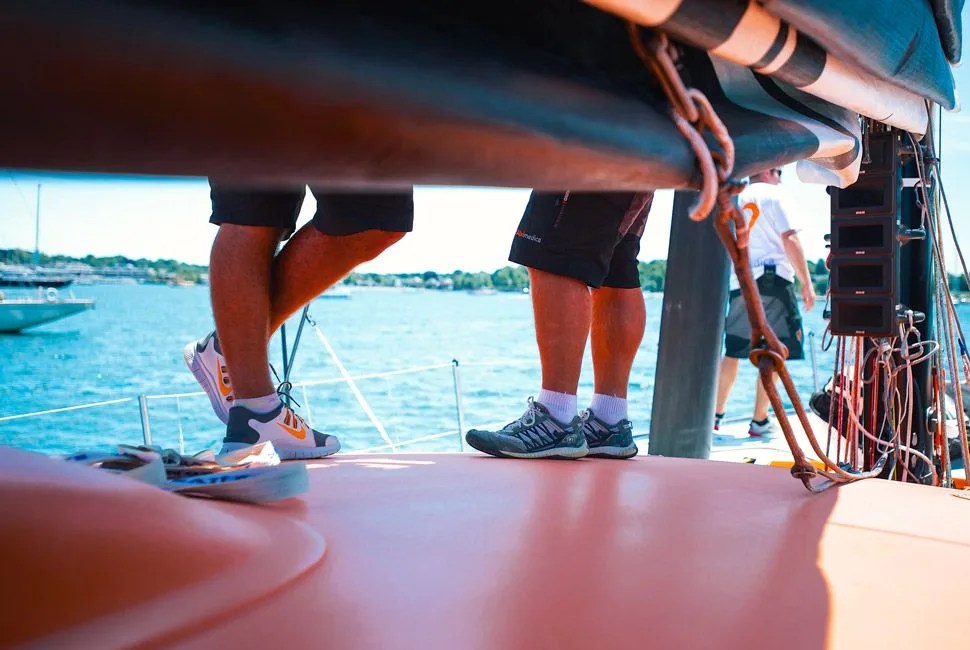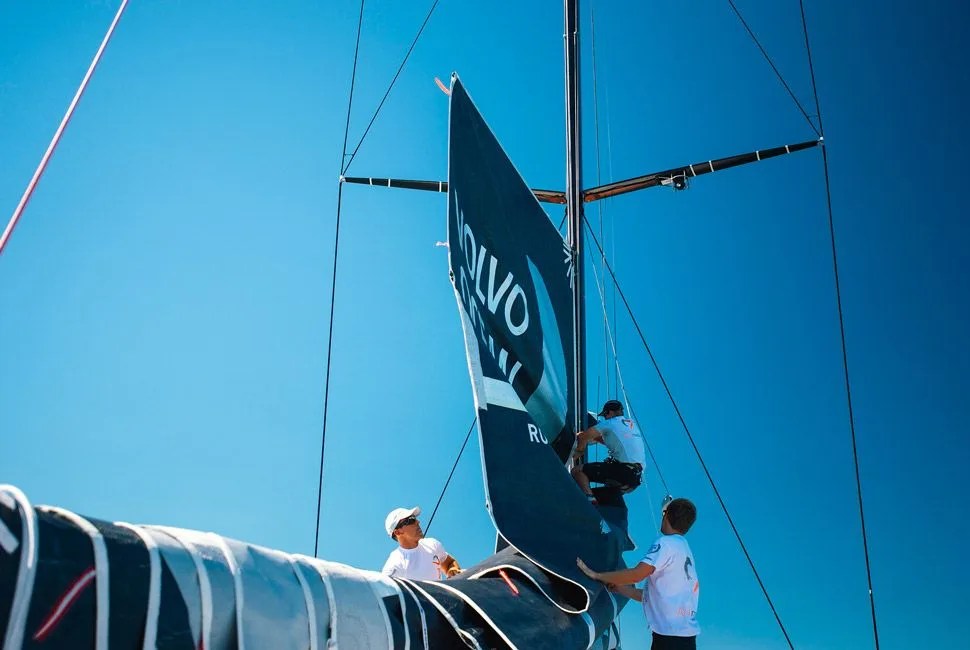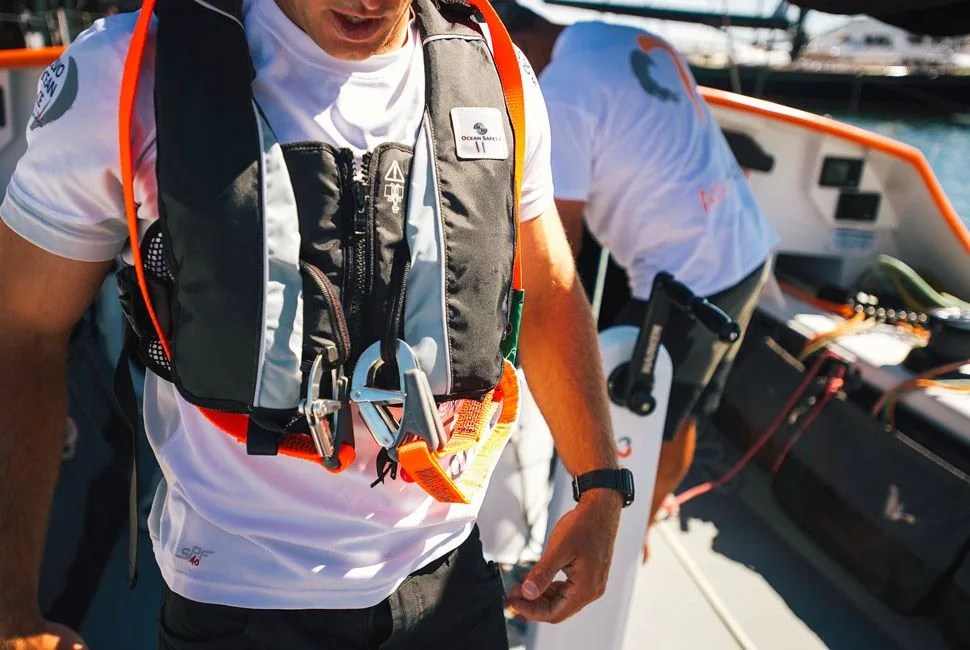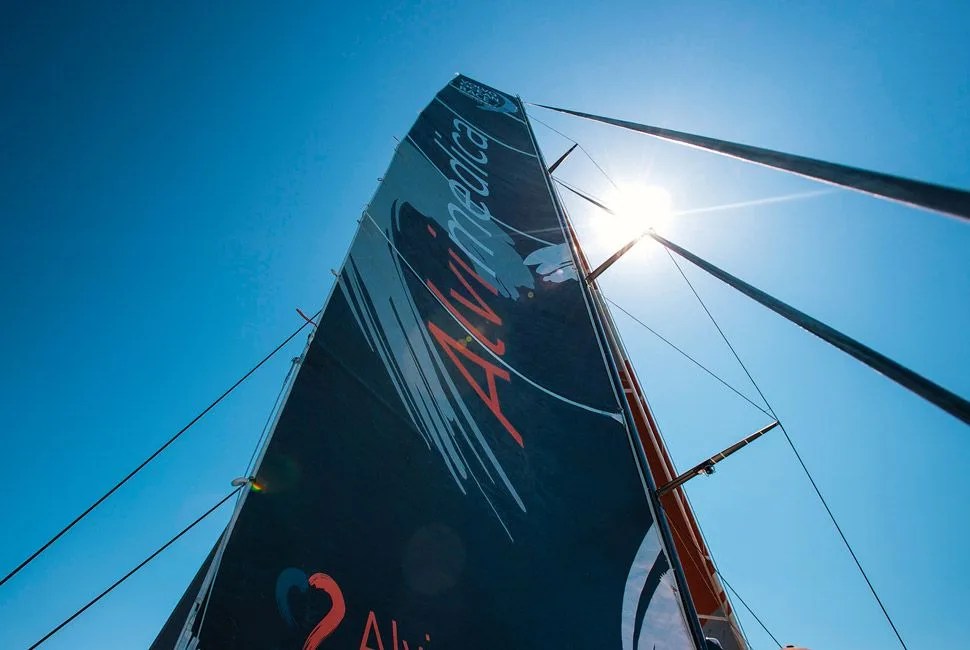10 photos
Ever since man started exploring the world under sail, the notion of circumnavigating the globe has been the pinnacle of achievement — forty thousand miles of churning swells, monster waves, gale force winds and the odd rogue shipping container are a tough match to beat. Even in this modern age of carbon fiber hulls, satellite navigation and Gore-Tex, it’s still a daunting task. If your mast breaks while rounding Cape Horn, you might as well be back on the deck of a three-masted schooner in the 19th century, because help is a long way away.
MORE ADVENTURES WITH CAMERAS AND WATCHES: Ski Mountaineering with JeanRichard | Roland Garros with Longines | Motorcycle Racing with Tudor
And yet every two years a few high-tech sailboats and small crews set their wills to sailing around the world as part of the Volvo Ocean Race. First conceived in 1973 — then called the Whitbread Round the World Race — this extreme regatta has come to be known as the Everest of sailing. Unlike the America’s Cup, which is all about speed over a short distance, the Volvo Ocean Race is a challenge of endurance. In this year’s running, starting in October in Alicante, Spain, crews of eight sailors will race around the globe in stages lasting up to four weeks at a time, stopping in various ports such as Capetown, Auckland and Newport along the way. The teams live in cramped quarters, on watch every four hours, sleeping little, wearing the same clothes the whole time and eating freeze-dried food. While scurvy is no longer a threat, being tossed overboard into icy water still is.
The race is also about sailing tech — the boats are state of the art, bristling with carbon fiber, modern electronics and even joystick-operated cameras mounted everywhere for maximum media exposure — but this year that takes on a new twist. In the past, teams designed their own boats to specific guidelines set by race organizers; this year, the race introduces a standard boat design, known as the Volvo Ocean 65, built by the same boatyard in England and then sold to the teams outfitted and ready to sail. This standardization of boats refocuses the race on strategy and skill rather than budgets and materials arms races.
IWC SETS SAIL
